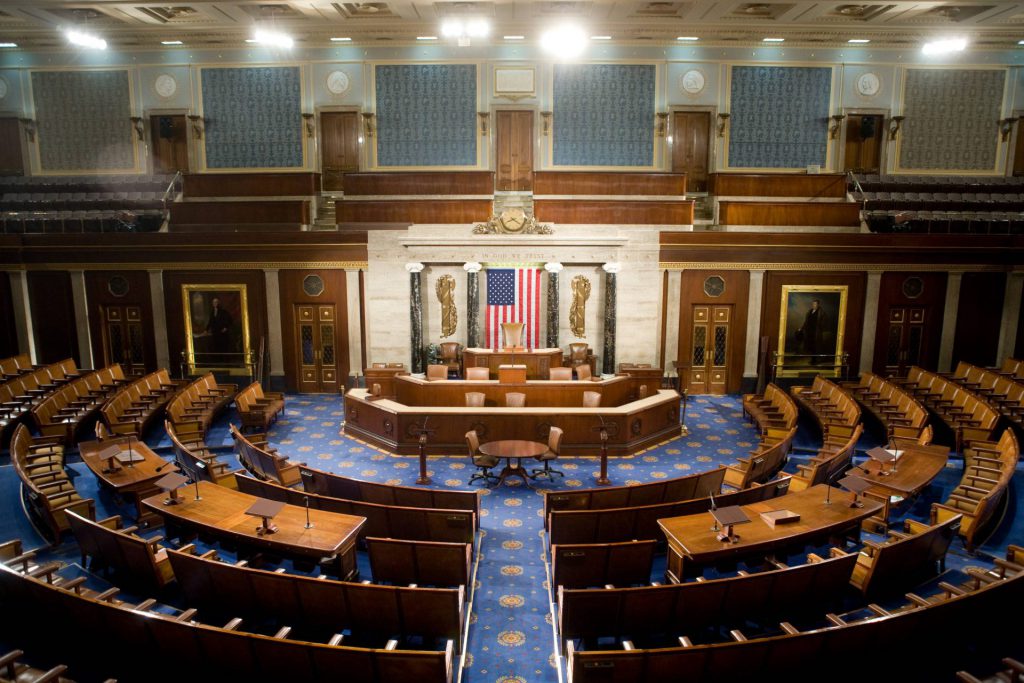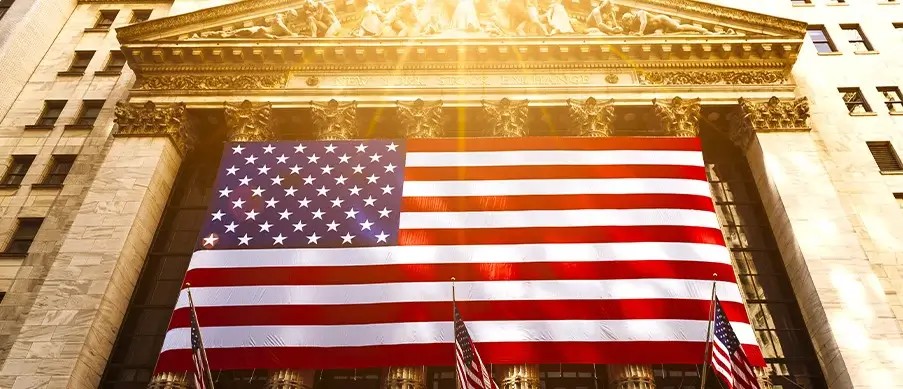In what is a monumental moment for the asset class and the country itself, the US has gotten a newly proposed stablecoin regulation in a bipartisan bill. Indeed, United States Representative Maxine Waters has introduced a draft bill that would regulate issues of the digital asset.
The legislation would be yet another massive step forward for clear regulation in the country. Moreover, the step aligns with the pro-crypto stance of the returning Trump administration. However, its bipartisan support and extensive consultation provide what could be a much-needed regulatory framework for the country.

Also Read: Bitcoin Reserve & Stablecoins: David Sacks Unveils Groundbreaking Crypto Bill
US Representative Maxine Waters Introduces Bipartisan Stablecoin Regulation Bill
There is no understating of the massive shift that the United States has undergone in recent months regarding the cryptocurrency sector. With the election of pro-crypto President Donald Trump, a complete overhaul of its crypto police has been underway. Now, that has extended to new legislation targeting the asset class.
Indeed, the country has continued to seek out new ways of regulating the growing industry. That has continued, as US Representative Maxine Waters has officially proposed stablecoin regulation through a new bipartisan bill. Indeed, the draft mill first arrived Monday, which will seek to regulate issuers.

Also Read: Utah Bill Proposes 10% State Funds In Bitcoin And Stablecoins
Although unnamed, the bill will look to establish a clear regulatory framework for the stablecoin sector in the country. Moreover, it had been subject to thorough bipartisan negotiations and had received technical guidance from both the Treasury Department and the Federal Reserve.
That places the bill on a good trajectory to eventually continue becoming law. Within it, the legislation outlines the standard for both bank and nonbank issuers. Specifically, it implemented the Federal Reserve as supervisor of those issuers and looks to institute strict compliance with regulation standards also proposed. Additionally, it would require those prospective issuers to maintain a one-to-one reserve of the assets.